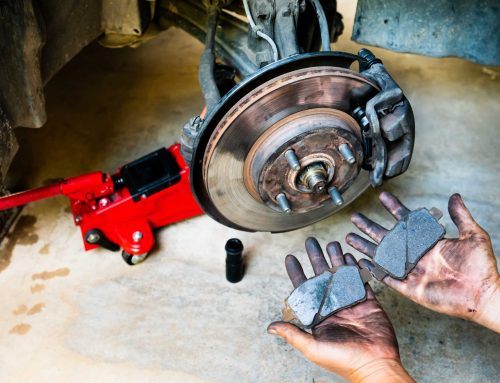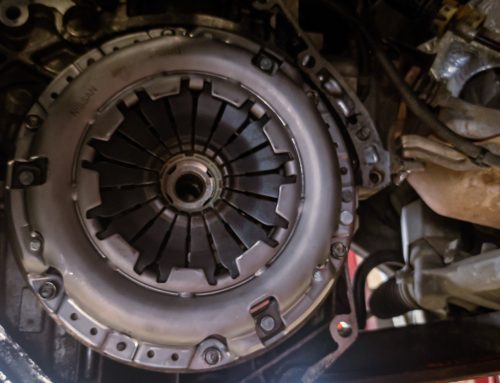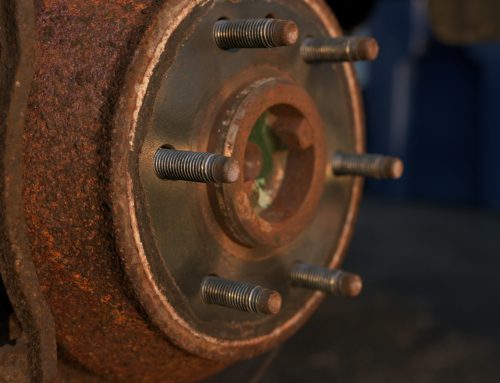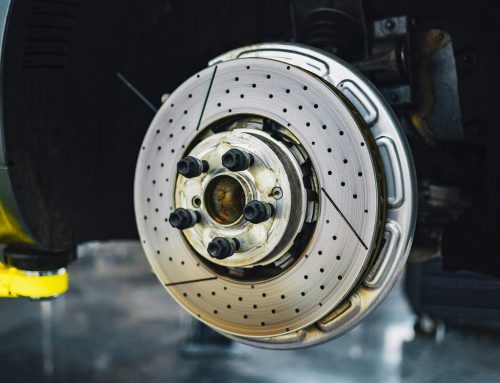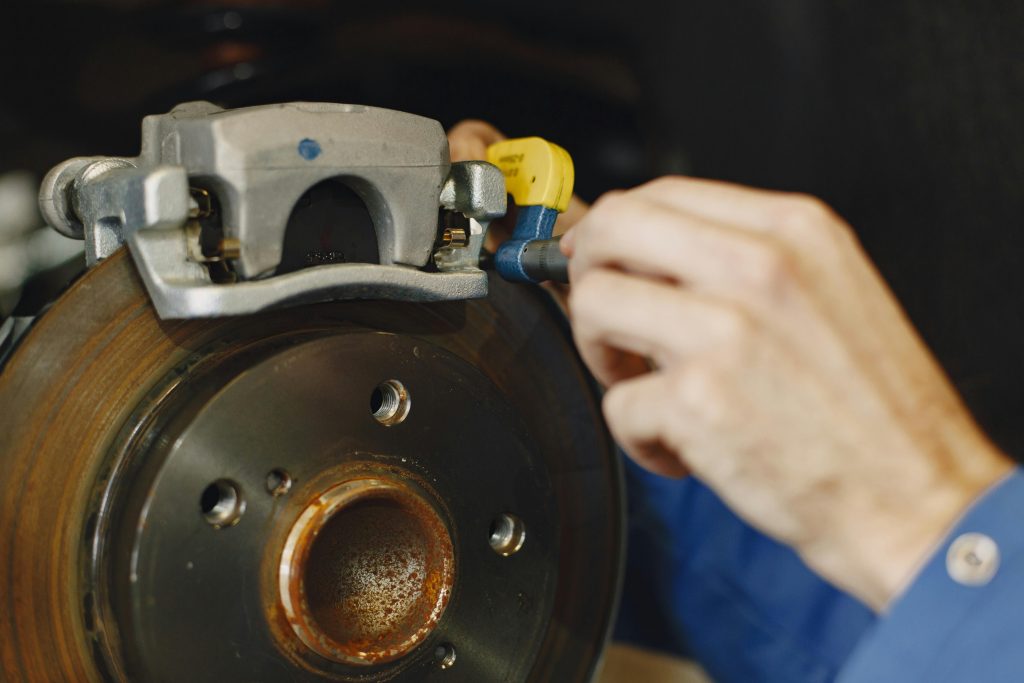
Understanding the mechanical differences between clutches and brakes is crucial for anyone involved in driving or maintaining vehicles. At Sharp Brake, we specialise in providing top-notch brake and clutch services across Meadowdale, Midrand, and Germiston. In this blog, we’ll clearly outline the key distinctions between clutches and brakes, two fundamental components in many machines and vehicles.
What is a Clutch?
A clutch is a crucial component used in many types of machinery, including vehicles, to engage or disengage the power transmission from the driving shaft to the driven shaft without turning off the engine. Essentially, it controls the connection between the shaft coming from the engine and the shafts that turn the wheels.
In practical terms, consider a car’s clutch. It allows the gearbox to disconnect from the engine during gear changes or when the vehicle is stationary, such as at traffic lights. This means that the engine can continue running without stalling while the car is stopped. This is particularly useful in manual transmission vehicles where driver control over gear selection is required.
Clutches are typically located near the transmission within the gearbox. They function by either connecting or disconnecting the engine from the transmission system, facilitating a smooth transition and preventing engine stress.
What is a Brake?
On the other hand, brakes are devices used to stop or slow down a moving load, often using friction. In vehicles, brakes are essential for safety, allowing precise control over the speed and stopping of the vehicle. They work by converting the kinetic energy of the vehicle into heat through friction, typically involving brake pads and rotors in cars.
The primary role of a brake is not just to stop the vehicle but also to regulate its movement during operation and ensure it can be held at rest securely. Whether you’re reducing speed to navigate a corner or coming to a complete stop, brakes manage kinetic energy to maintain control.
Brakes are crucial in situations where accurate stopping is necessary, and they are engineered to provide reliability and efficiency in heat dissipation, ensuring that they perform optimally under different operating conditions.
Key Differences Between Clutches and Brakes
Clutches and brakes are essential components in the operation of vehicles, yet they fulfil distinctly different roles. Clutches are primarily involved in engaging or disengaging power transmissions without halting the engine. Positioned near the transmission, they control the connection between the engine and the transmission, facilitating smooth transitions in power applications.
In contrast, brakes are designed to decelerate or completely stop a moving vehicle through the use of friction. Typically located at each wheel, brakes operate by applying friction to slow down or halt the vehicle. They effectively convert kinetic energy into heat, emphasising their critical role in vehicle safety and control.
Conclusion
At Sharp Brake, we understand the importance of maintaining both the clutch and brake systems for your vehicle’s optimal performance and safety. Whether you need brake repairs in Meadowdale, clutch and brake solutions in Midrand, or reconditioning services in Germiston, our expert team is here to help. Learn more about how clutches and brakes work and the services we offer through many of our detailed guide on clutch plates.
Understanding these components can enhance your driving experience and help you better manage your vehicle’s maintenance needs. Remember, regular checks and servicing can significantly extend the life of your vehicle’s critical components.


